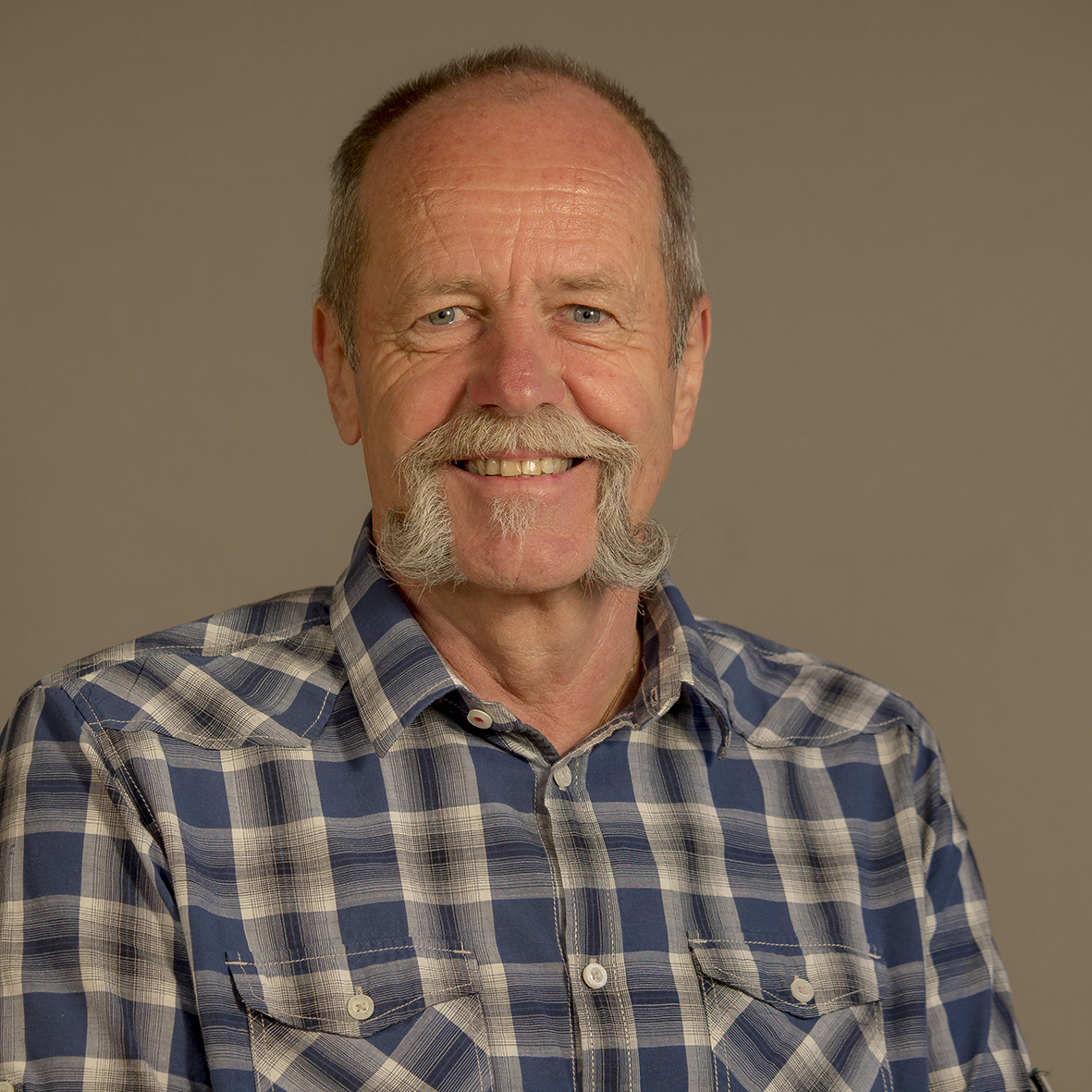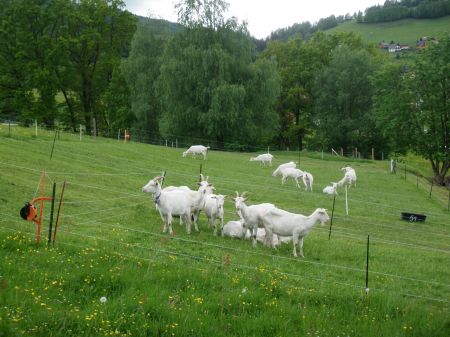In addition to the costs of replenishing the herd, the greatest savings potential in dairy goat farming lies in feeding. By reducing concentrated feed and making the best possible use of cheap but high-quality pasture feed, feeding costs can be reduced significantly.
However, according to the survey, many dairy goat farms cannot imagine keeping them on pasture. However, in many farms the possibility (limited pasture area) and also the willingness to maintain full-time pasture are not available or are only available to a limited extent. For this reason, hourly or half-day grazing appears to be a good option for taking advantage of the advantages of cheap pasture feed on these farms and, in addition, expensive concentrated feed (especially protein concentrated feed) could be saved. There is currently a lack of experience as to whether half-day pastures are better than portion pastures or paddock pastures. In addition to the potential for saving concentrates, pasture management is one of the main goals of this research project, especially with regard to parasite contamination. Data on pasture feed intake by dairy goats on portion or paddock pastures is still missing. As part of this project, pasture feed intake is to be recorded using the difference method (mass survey of growth before and after grazing). The feed intake determined in this way should be compared with that from calculations.
Forms of pasture production and the saving of concentrated feed (especially protein concentrated feed) correspond to a large extent to the agricultural policy objectives. Since, as already mentioned, many farms would like to practice grazing but do not have the opportunity to do full grazing, there is a need for action and research in the area of half-day or hourly grazing. This need is being taken into account for the first time in this project. The expected results should provide practical answers to many open questions under Alpine conditions and the practical experience that can be collected should form the basis for optimizing pasture management on farms. All results will be available to agriculture immediately after the end of the trial. They should be published extensively in agricultural trade newspapers and presented at conferences for teaching and advice as well as for practicing farmers, thus ensuring that the results are widely implemented.
Further information on project management can be found in the database for research and sustainable development (Dafne) -> Link







